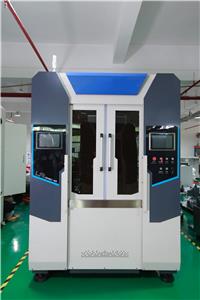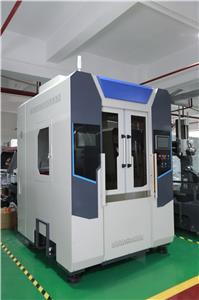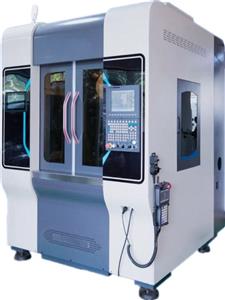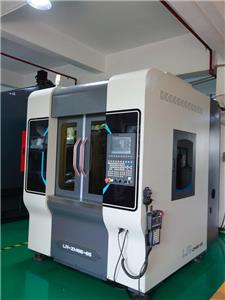- Home
- >
- News
- >
- die casting manufacturing
- >
- Thixoforming Process Essentials: A Deep Dive into Slurry and Solid Fraction Control
Thixoforming Process Essentials: A Deep Dive into Slurry and Solid Fraction Control
As a star material in automotive lightweighting and 3C product sectors, magnesium alloy forming technology is constantly evolving. While conventional Magnesium Die Casting is widely used, an advanced process known as Semi-Solid Metal Casting (SSM) offers a superior alternative for producing high-integrity components. Thixoforming, a leading SSM technology, excels at reducing common Die Casting Defects by combining the fluidity of liquid casting with the precision of solid-state forming.
However, this cutting-edge process is also known for its demanding control requirements and a notoriously narrow process window. This article provides an in-depth analysis of the most critical stage in Thixoforming: the preparation and quality control of the semi-solid slurry.
I. The Slurry: The Soul of Thixoforming
Unlike traditional casting which uses fully molten metal, the success of Thixoforming depends almost entirely on the quality of its "semi-solid slurry." An ideal slurry is a unique mixture of fine, spherical solid-phase particles uniformly suspended within a liquid-phase matrix. The precise control of this slurry is the most important aspect of the entire process.
1. The Key Parameter: The Precision Balancing Act of Solid Fraction Control
Solid fraction, the volumetric percentage of solid metal in the slurry, is the most critical process parameter. It directly dictates the slurry's flow behavior and the final product's characteristics. Mastering Solid Fraction Control is a delicate balancing act.
--Low Solid Fraction (Higher Temperature): When the solid fraction is low, the slurry behaves more like a liquid. This high fluidity is beneficial for filling thin-walled sections, significantly reducing porosity and increasing the part's elongation. However, if the solid fraction is too low, the slurry loses its semi-solid "skeletal" structure. This can lead to turbulence during filling and result in liquid-state Die Casting Defects such as shrinkage porosity, which the process is meant to avoid.
--High Solid Fraction (Lower Temperature): A higher solid fraction makes the slurry more viscous and increases its shear resistance, impeding flow. While this helps prevent internal shrinkage porosity in thick-walled components, it makes mold filling difficult, creating a high risk of defects like cold shuts or short shots. This also increases the load on the machine, potentially leading to process instability.
Therefore, the optimal solid fraction is not a fixed value. It must be carefully determined and validated during the initial process development, based on the part's wall thickness, structural complexity, weight, and final performance requirements.
2. The Cornerstone of Quality: High Slurry Homogeneity
Beyond solid fraction, the uniformity of the slurry's internal structure is paramount. This includes the uniform size and distribution of the solid-phase particles and the homogeneity of the chemical composition. This is typically achieved through methods like electromagnetic stirring, mechanical shearing, or the addition of grain refiners (e.g., Ca, Sr). A homogeneous slurry ensures that the primary α-Mg phase is evenly distributed and prevents the segregation of secondary phases (like Mg₁₇Al₁₂). Any non-uniformity will directly lead to significant reductions in local mechanical properties—such as strength, toughness, and fatigue life—creating weak points in the final part.
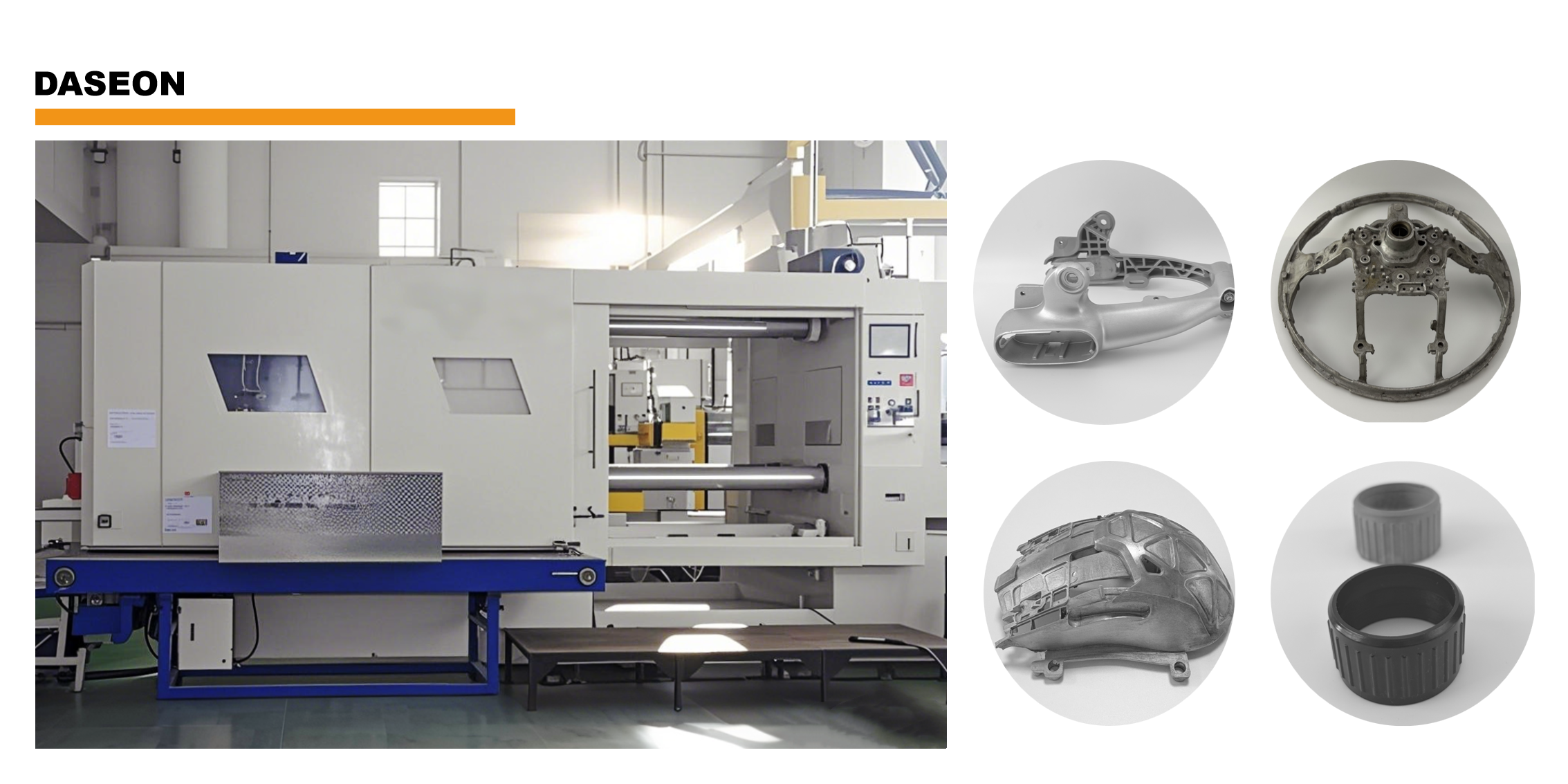
II. Challenges & Root Causes: Why is the Process Window so Narrow?
The challenges of Thixoforming stem from a few core factors:
--The "Double-Edged Sword" of Solid Fraction: As detailed above, the acceptable fluctuation range for the solid fraction is extremely small. Any deviation from the optimal range directly leads to defects, placing immense demands on the equipment's temperature control accuracy and stability.
--Magnesium's Inherent Properties: Magnesium's high thermal conductivity and low latent heat of fusion cause its semi-solid slurry to lose temperature very rapidly during injection. This makes it exceptionally difficult to maintain the ideal slurry state throughout the filling process, and any slight inconsistency can lead to segregation defects. This sensitivity is a major challenge compared to traditional Magnesium Die Casting.
--Sensitivity to Inhomogeneity: Any non-uniformity (thermal or compositional) in the slurry during preparation will be "frozen" into the final part due to the rapid solidification, with almost no opportunity for correction.
Conclusion
In summary, the essence of the Magnesium Thixoforming process is the extreme control over the semi-solid slurry state. Successfully mastering the balance of Solid Fraction Control and ensuring high slurry homogeneity are the keys to unlocking the potential of this advanced technology to produce superior, high-performance components.
This article has primarily analyzed the most critical slurry preparation stage. However, successful injection molding also requires equally precise control over subsequent parameters like the injection process and mold temperature. In future updates, we will continue our in-depth exploration of the process points for these stages. Please stay tuned.

